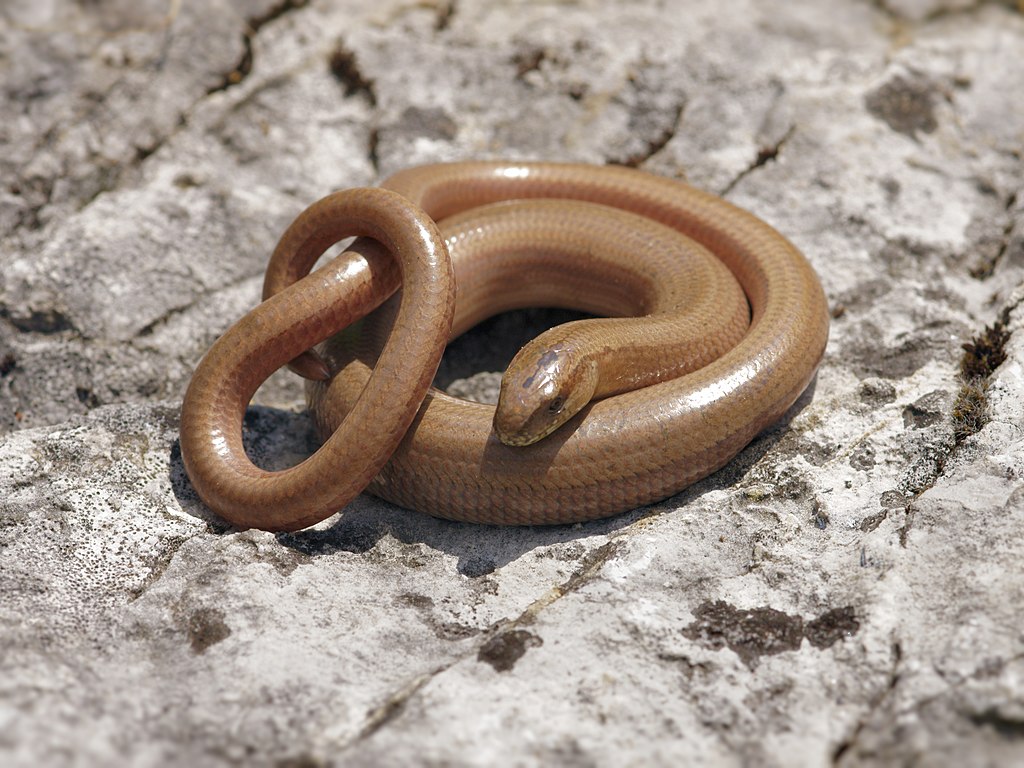In the mysterious world of reptiles, one of nature’s most peculiar phenomena occurs when snakes are born without eyes. This condition, known as anophthalmia, reveals fascinating aspects of snake evolution, genetics, and adaptation. While eyeless snakes might seem disadvantaged in the wild, these remarkable creatures have developed extraordinary compensatory mechanisms that allow them to thrive in their environments. This article explores the causes, adaptations, and implications of eyeless snakes in the natural world.
The Genetic Foundation of Eyeless Snakes
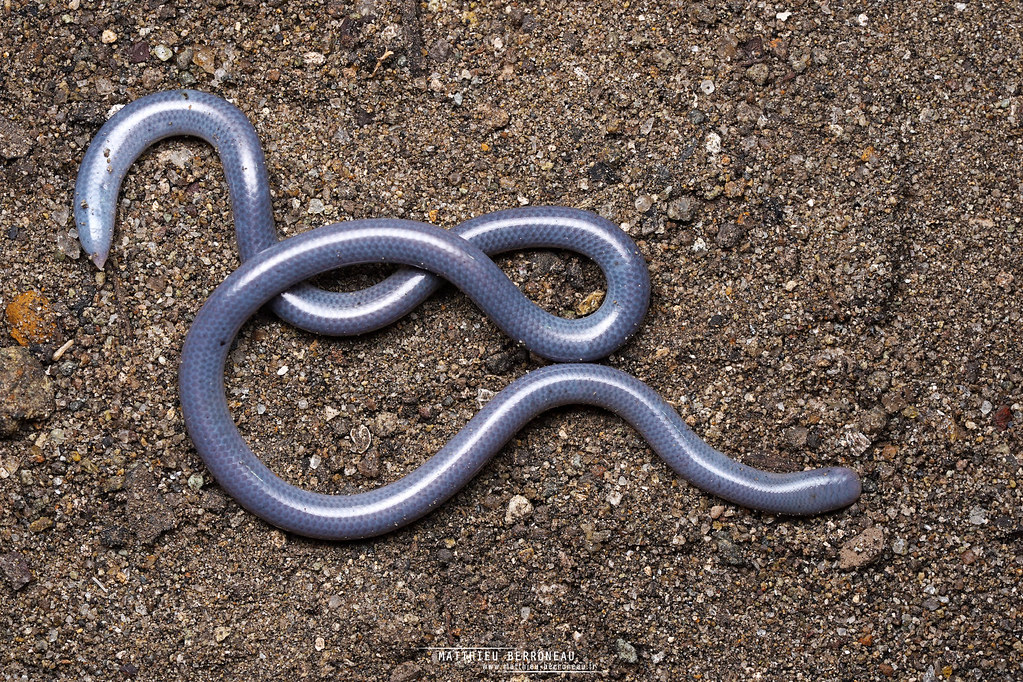
Anophthalmia in snakes primarily stems from genetic mutations that affect eye development during embryonic stages. These mutations often involve genes that regulate the formation of ocular tissues, such as PAX6, SOX2, and OTX2, which are crucial for proper eye development across vertebrate species. In some snake species, these mutations can be inherited as recessive traits, meaning both parents must carry the gene for offspring to express the eyeless phenotype. Research indicates that inbreeding within isolated snake populations can increase the frequency of these genetic anomalies, leading to higher rates of anophthalmia in certain geographic regions. The genetic basis of eyelessness varies among snake families, with some species showing more predisposition to this condition than others.
Evolutionary Context: Subterranean Adaptation
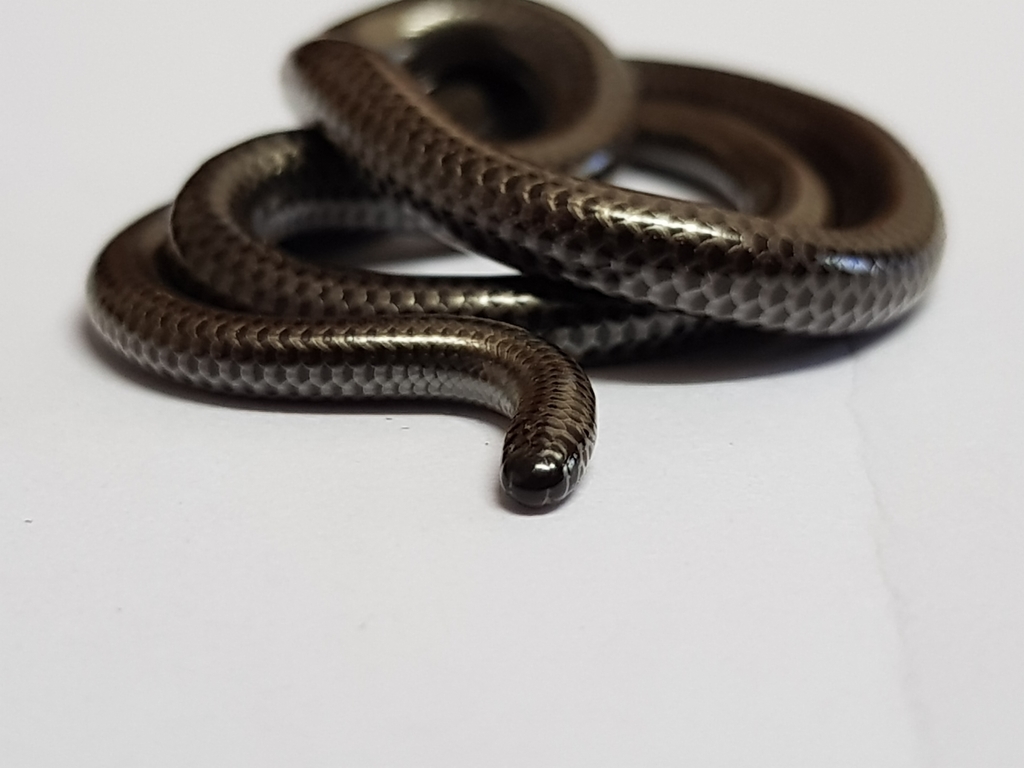
From an evolutionary perspective, eyelessness in snakes often correlates with subterranean lifestyles where vision offers limited advantages. Species like the blind snakes (Typhlopidae family) have evolved to thrive underground, where the absence of eyes actually presents certain benefits. Over millions of years, these snakes have undergone evolutionary regression of visual organs, as maintaining energy-expensive eyes in pitch-dark environments provides no survival advantage. This process, known as regressive evolution, demonstrates how natural selection can favor the reduction or elimination of features that no longer serve adaptive purposes. Fossil records indicate that the transition to eyelessness in some snake lineages began over 50 million years ago, coinciding with their adaptation to burrowing lifestyles.
Developmental Factors Contributing to Anophthalmia

Beyond genetic mutations, environmental factors during embryonic development can also contribute to eyelessness in snakes. Exposure to certain toxins, extreme temperatures, nutritional deficiencies, or infections during critical developmental windows can disrupt normal eye formation. Research has documented cases where snake eggs incubated under suboptimal conditions showed higher rates of ocular malformations, including complete eyelessness. The timing of these environmental disruptions is crucial, with the greatest vulnerability occurring during the embryonic stages when eye tissues are differentiating. Some studies suggest that maternal stress during gestation in live-bearing snake species may also influence the likelihood of developmental abnormalities, including anophthalmia.
Notable Eyeless Snake Species
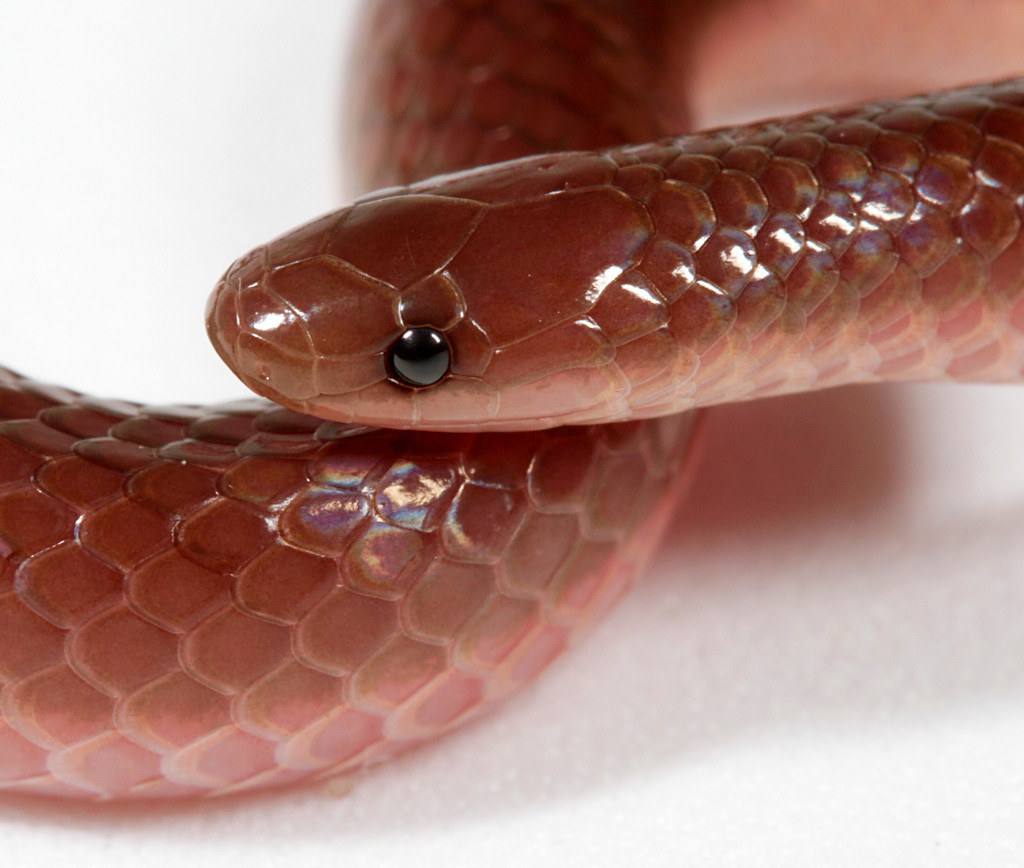
Several snake families contain species that are naturally eyeless or nearly so. The Typhlopidae (blind snakes) and Leptotyphlopidae (thread snakes) families consist of small, worm-like burrowing species that possess only vestigial eyes covered by scales. The Anomochilidae family (dwarf pipe snakes) from Southeast Asia includes species with extremely reduced eyes that provide minimal visual function. Texas blind snakes (Rena dulcis) represent another fascinating example, having eyes reduced to tiny dark spots beneath head scales that can detect light but cannot form images. Perhaps most remarkable are certain cave-dwelling populations of the common European adder (Vipera berus) that have developed significantly reduced eyes in response to their light-deprived habitats over many generations.
Sensory Compensation: The Supersenses of Eyeless Snakes
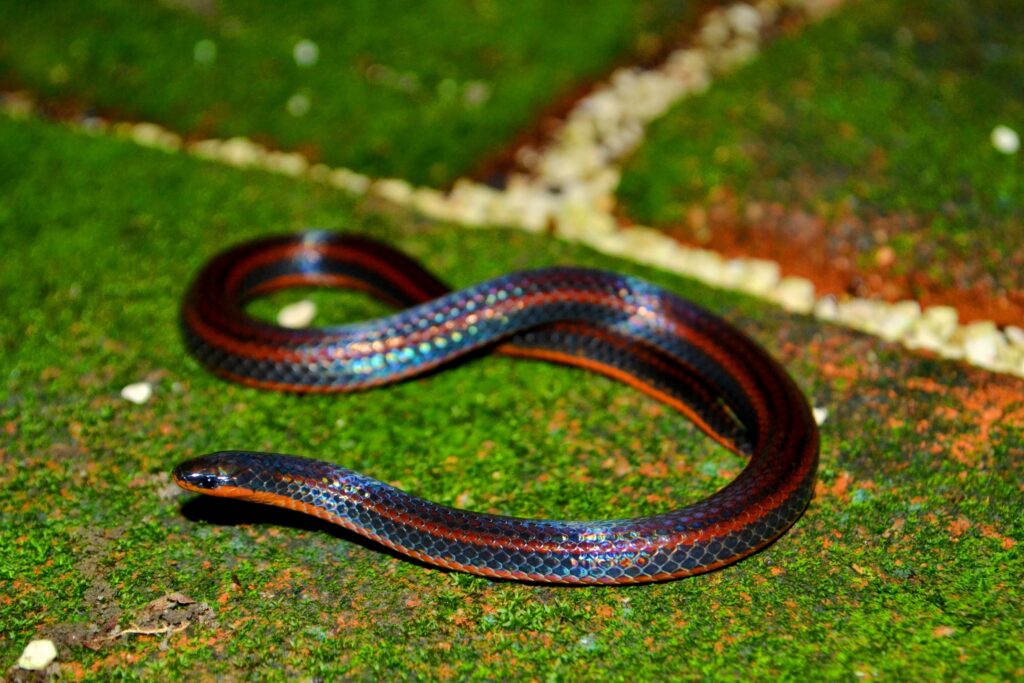
Eyeless snakes have evolved remarkable compensatory sensory mechanisms that more than make up for their lack of vision. Their highly sensitive tongues and Jacobson’s organs (specialized olfactory structures) allow them to “smell” their environment with extraordinary precision, detecting prey, predators, and potential mates through chemical signatures. Many eyeless species possess specialized scales with enhanced tactile sensitivity, enabling them to “feel” subtle vibrations through the soil as they move. Some species, particularly pit vipers with congenital anophthalmia, retain their heat-sensing pit organs, allowing them to detect the infrared radiation emitted by warm-blooded prey with remarkable accuracy. These compensatory adaptations are often so effective that eyeless individuals can hunt, navigate, and reproduce as successfully as their sighted counterparts.
Anophthalmia in Captive-Bred Snakes
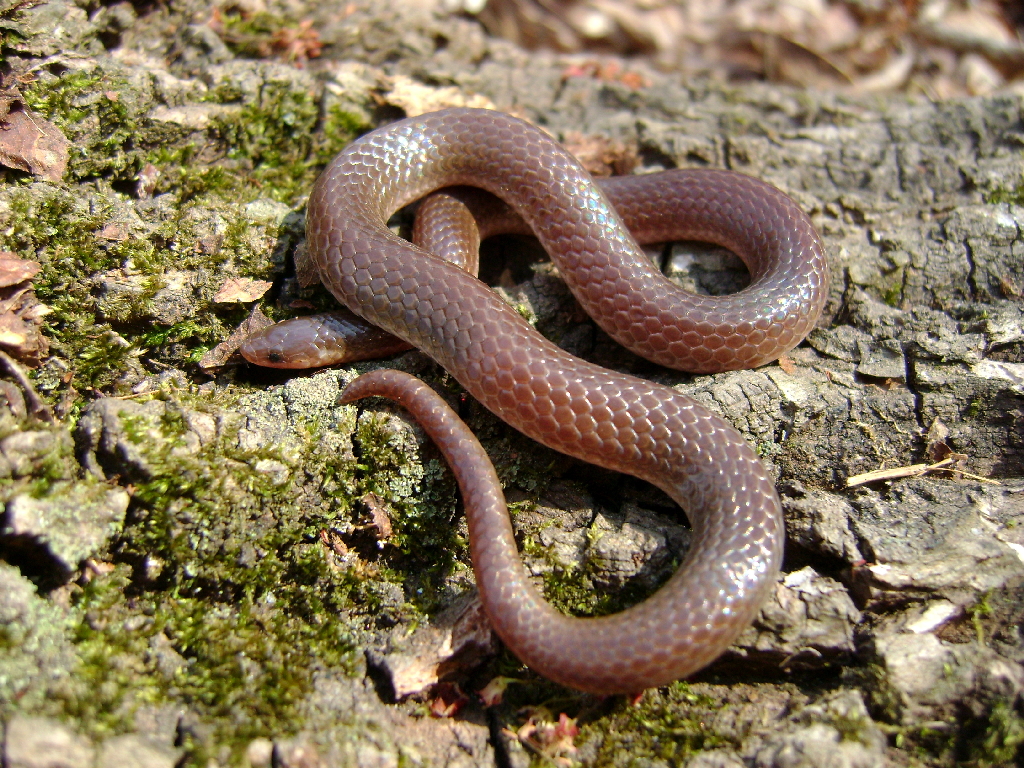
The reptile breeding industry has documented an increased incidence of eyelessness in certain captive snake populations, particularly in morphs bred for specific color patterns. Selective breeding practices that favor aesthetic traits can inadvertently increase the frequency of genetic anomalies, including ocular malformations. Spider ball pythons, for instance, carry a genetic mutation that produces distinctive patterns but is also linked to neurological issues and, in rare cases, eye deformities. Responsible breeders now conduct genetic testing to reduce the risk of propagating harmful mutations within captive populations. Interestingly, eyeless snakes in captivity often thrive with proper care, as their controlled environments eliminate many of the challenges they might face in the wild.
Feeding Strategies of Eyeless Snakes
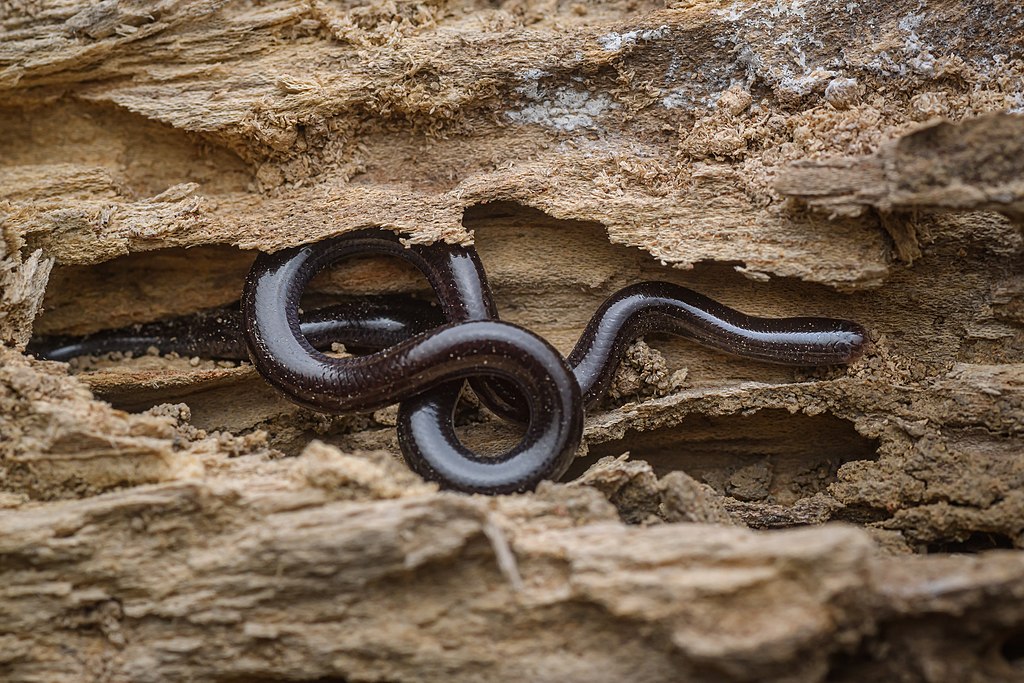
Eyeless snakes have developed specialized feeding strategies that don’t rely on visual hunting. Many species are ambush predators that detect prey through vibrations and chemical cues rather than sight. Blind snakes typically feed on small invertebrates like termites and ant larvae, using their highly sensitive snouts to locate prey within underground nests. Some eyeless species have evolved specialized jaw structures that allow them to consume eggs or soft-bodied prey more efficiently. Their hunting success relies on precise coordination between their chemical sensing abilities and strike mechanics, often resulting in accuracy comparable to that of sighted snakes. Research has shown that the brains of eyeless snakes allocate more neural resources to processing chemical and tactile information, enhancing these senses beyond what is typical in sighted species.
Challenges in Natural Habitats
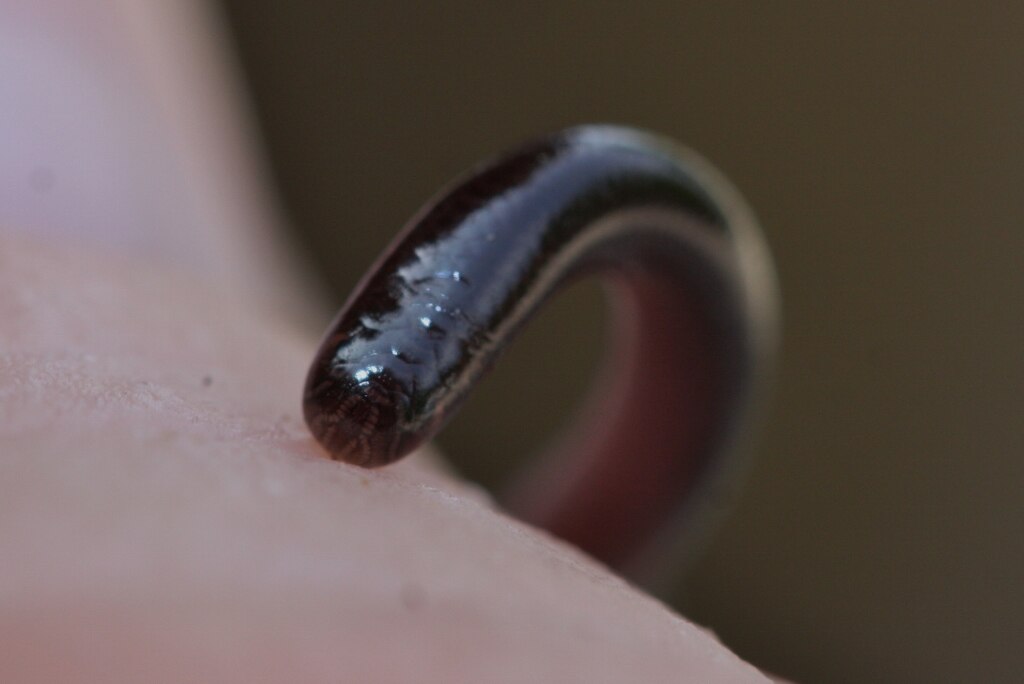
Despite their impressive adaptations, eyeless snakes face unique challenges in their natural environments. They may be more vulnerable to predation when forced to traverse open areas where their lack of visual threat detection becomes disadvantageous. Climate change and habitat destruction particularly threaten specialized eyeless species, as these snakes often have narrow ecological niches and limited dispersal abilities. Burrowing eyeless species are especially vulnerable to agricultural practices that disturb soil structure and composition. Competition with sighted snake species can also pose challenges in certain habitats where visual hunting provides advantages during particular seasons or conditions.
Conservation Implications
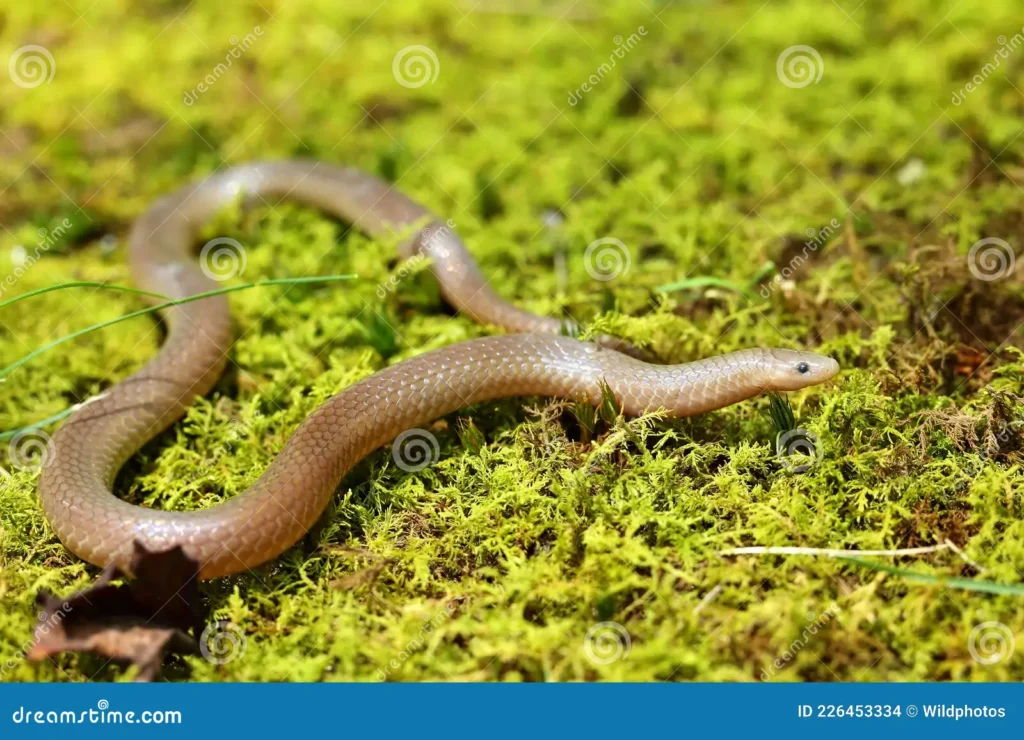
Many eyeless snake species face conservation challenges due to their specialized nature and often limited geographic distributions. Habitat fragmentation particularly affects burrowing species that cannot easily cross unsuitable terrain to reach new areas. Several blind snake species are listed as threatened or endangered, with populations declining due to urbanization and agricultural expansion. Conservation efforts for these species focus on preserving subterranean habitats and maintaining soil quality in protected areas. The unique genetic adaptations of eyeless snakes represent important biodiversity that, once lost, cannot be recovered, making their conservation particularly significant from both ecological and scientific perspectives.
Research Value in Medicine and Biology
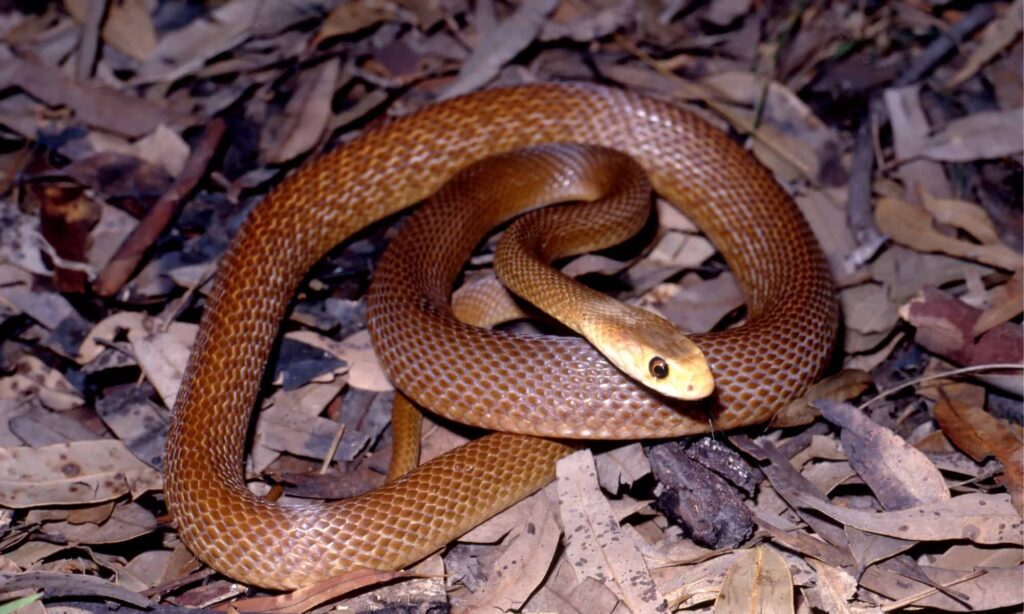
The study of eyeless snakes offers valuable insights for various scientific disciplines, particularly developmental biology and medicine. Researchers examining the genetic pathways involved in snake anophthalmia have identified mechanisms relevant to understanding human ocular disorders. The compensatory sensory abilities of eyeless snakes have inspired biomimetic technologies, including advanced tactile sensors and chemical detection devices. Neuroscientists study the brain reorganization that occurs in eyeless snakes to better understand neuroplasticity and sensory compensation in vertebrates. These studies have applications in developing therapies for humans with sensory impairments, demonstrating how nature’s adaptations can inform medical innovations.
Distinguishing Between Congenital and Evolutionary Eyelessness
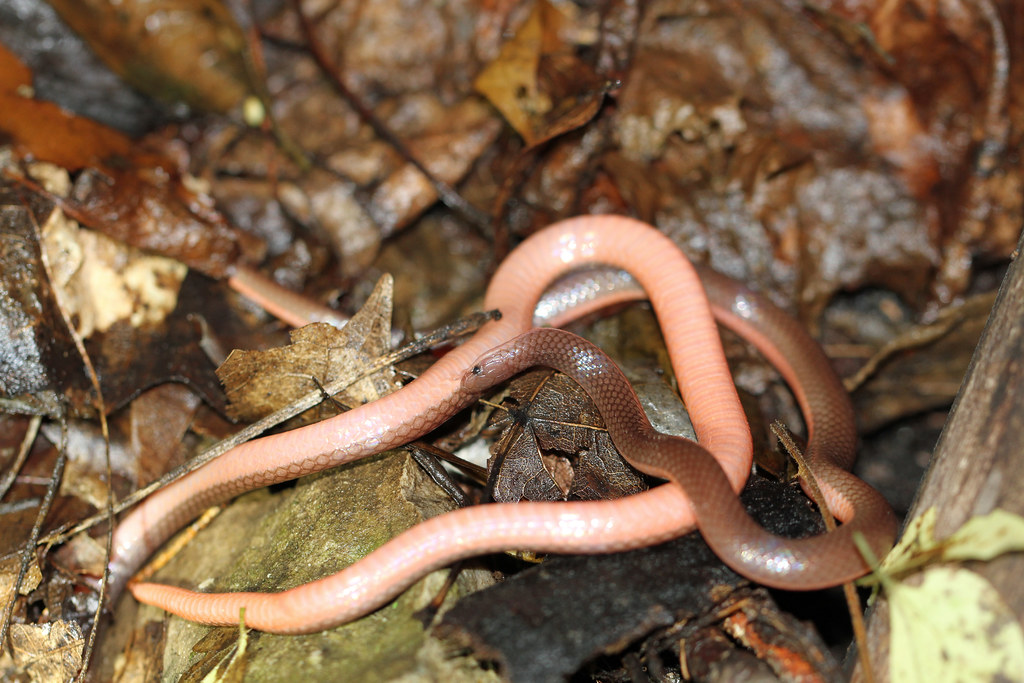
It’s important to distinguish between snakes born without eyes due to congenital defects and those belonging to species that have evolved eyelessness over millions of years. Congenital anophthalmia represents an abnormal developmental outcome in species that typically possess functional eyes. In contrast, evolutionary eyelessness is an adaptive trait that has been selected for over countless generations in species adapted to environments where eyes provide limited benefits. The anatomical differences between these two types of eyelessness are significant – evolutionarily eyeless species often lack entire ocular structures and associated neural pathways, while congenitally eyeless individuals from typically sighted species may retain vestigial eye structures beneath the skin. This distinction helps researchers better understand both the mechanisms of developmental disorders and the evolutionary processes that shape sensory systems.
Cultural Significance and Misconceptions
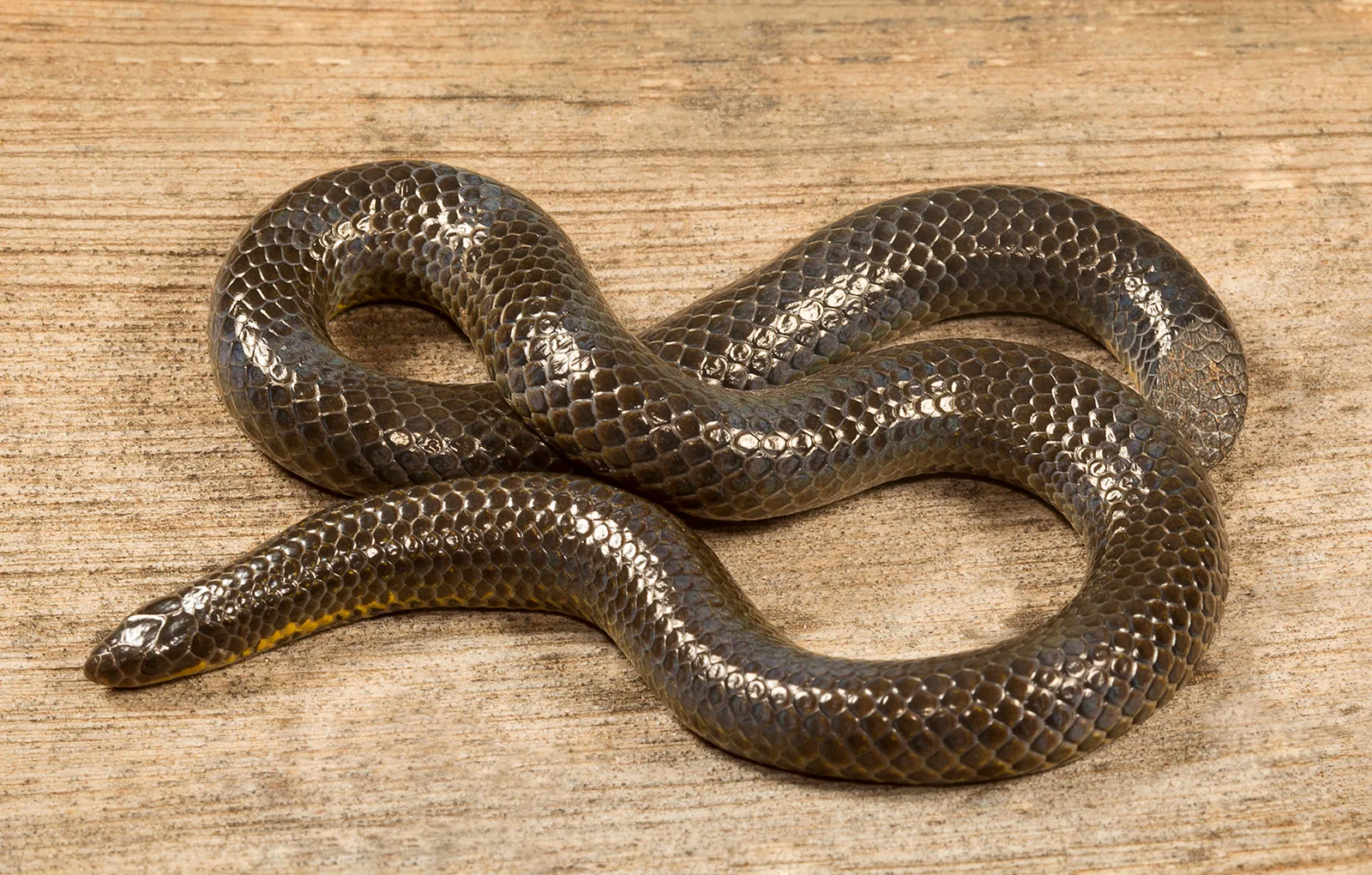
Eyeless snakes have inspired fascination and fear throughout human history, often featured in folklore and mythology across cultures. In some traditional beliefs, blind snakes were considered mystical creatures with supernatural abilities, including the power to find hidden treasures or predict future events. Unfortunately, misconceptions about eyeless snakes have led to persecution in some regions, where they are erroneously believed to be more venomous or aggressive than sighted species. Modern education efforts aim to dispel these myths and highlight the ecological importance of these specialized reptiles. Wildlife documentaries and social media have helped change public perception, showcasing the remarkable adaptations of eyeless snakes rather than portraying them as frightening anomalies.
Future Research Directions
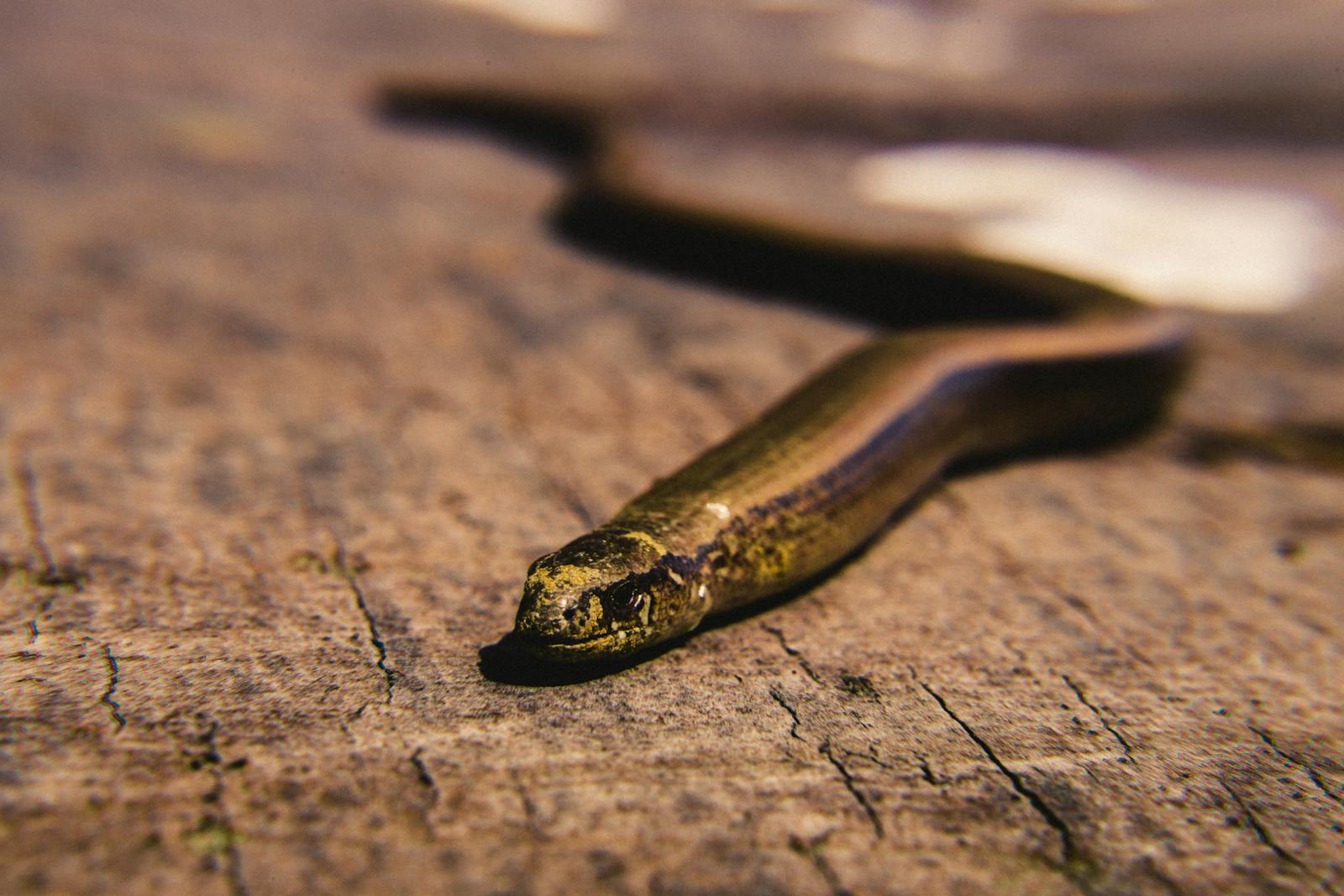
The field of eyeless snake research continues to evolve, with several promising avenues for future investigation. Advances in genetic sequencing techniques are enabling more comprehensive studies of the genetic basis for both evolutionary and congenital eyelessness in different snake lineages. Behavioral ecologists are employing new tracking technologies to better understand how eyeless snakes navigate and utilize their habitats in the wild. Comparative studies between closely related sighted and eyeless species offer opportunities to examine sensory trade-offs and neurological adaptations. Climate change research is increasingly focusing on how specialized species like eyeless snakes might respond to rapidly changing environments, providing insights into adaptability and resilience that could inform conservation strategies.
Conclusion
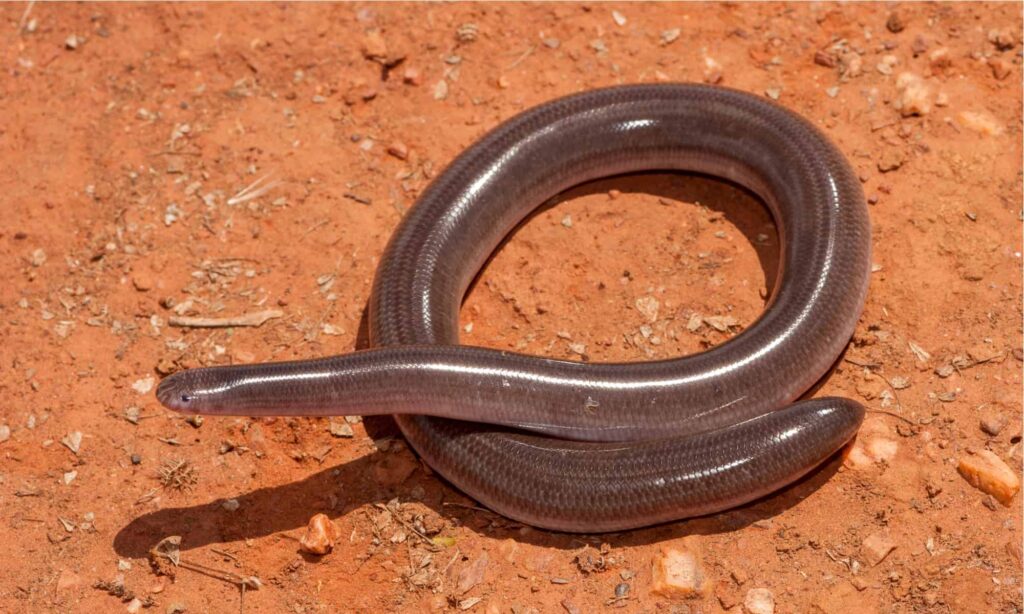
The phenomenon of eyeless snakes represents one of nature’s most fascinating examples of adaptation and specialization. Whether through evolutionary processes over millions of years or through genetic anomalies, these remarkable reptiles demonstrate the incredible plasticity of life forms. Their ability to thrive without what many consider an essential sense speaks to the diverse pathways that evolution can take. As we continue to study these unique creatures, they offer valuable lessons in resilience, adaptation, and the remarkable ways that life can overcome seemingly insurmountable challenges. By understanding and protecting eyeless snakes, we gain not only scientific knowledge but also a deeper appreciation for the endless innovations of the natural world.

